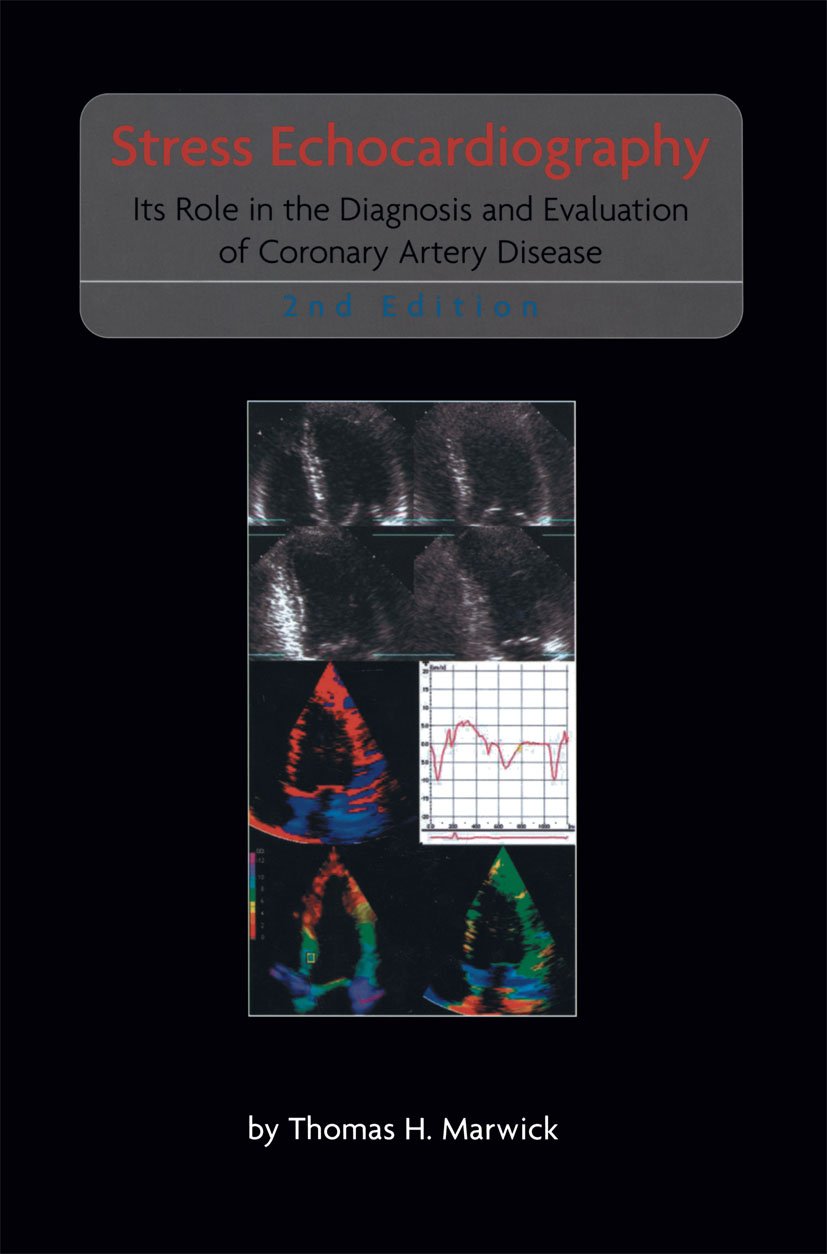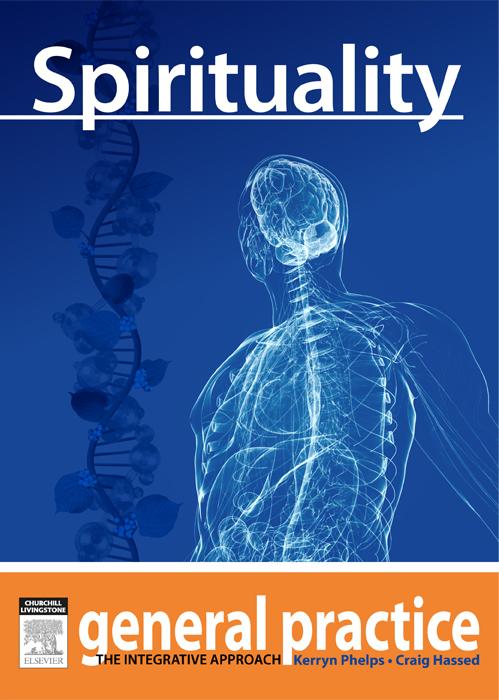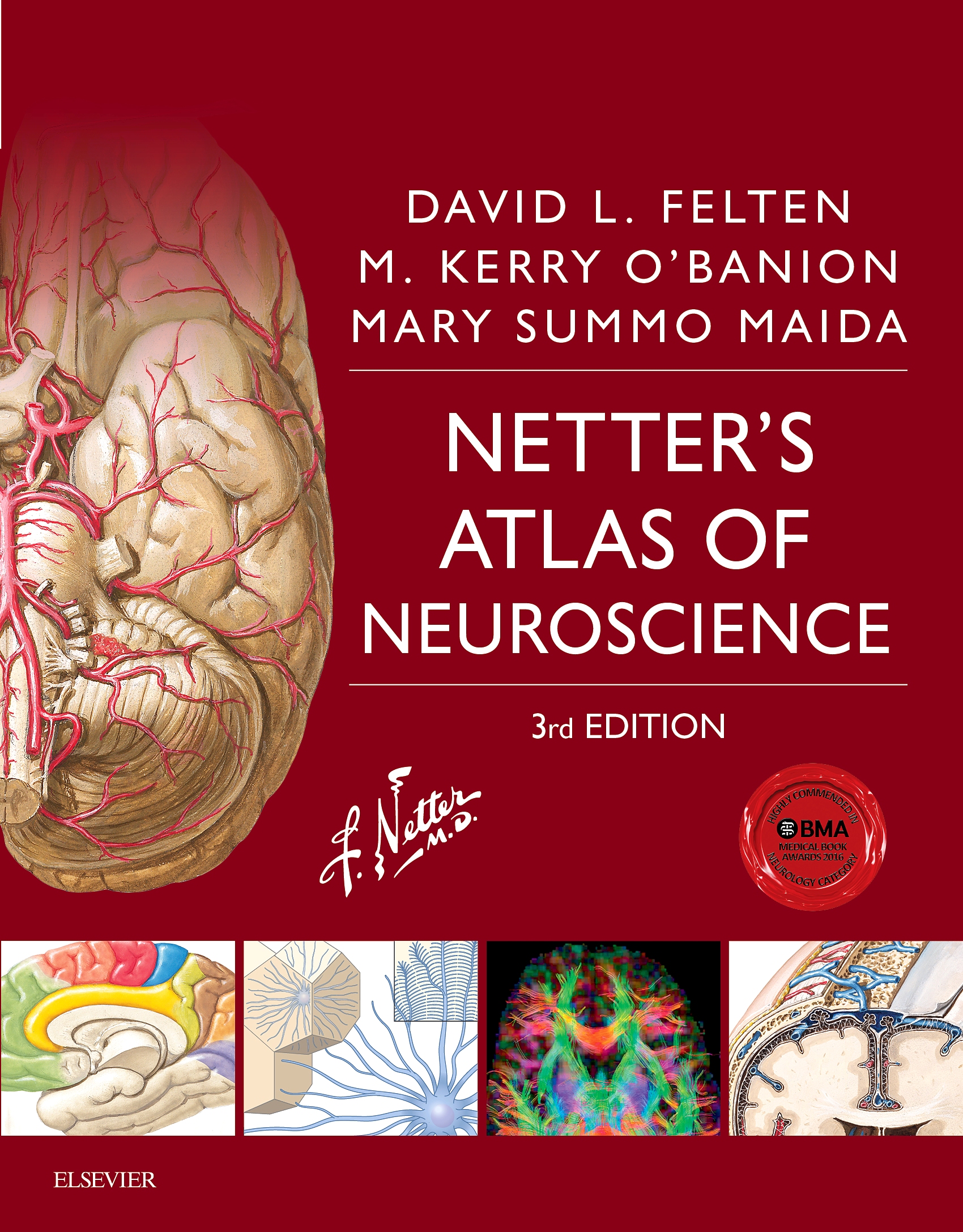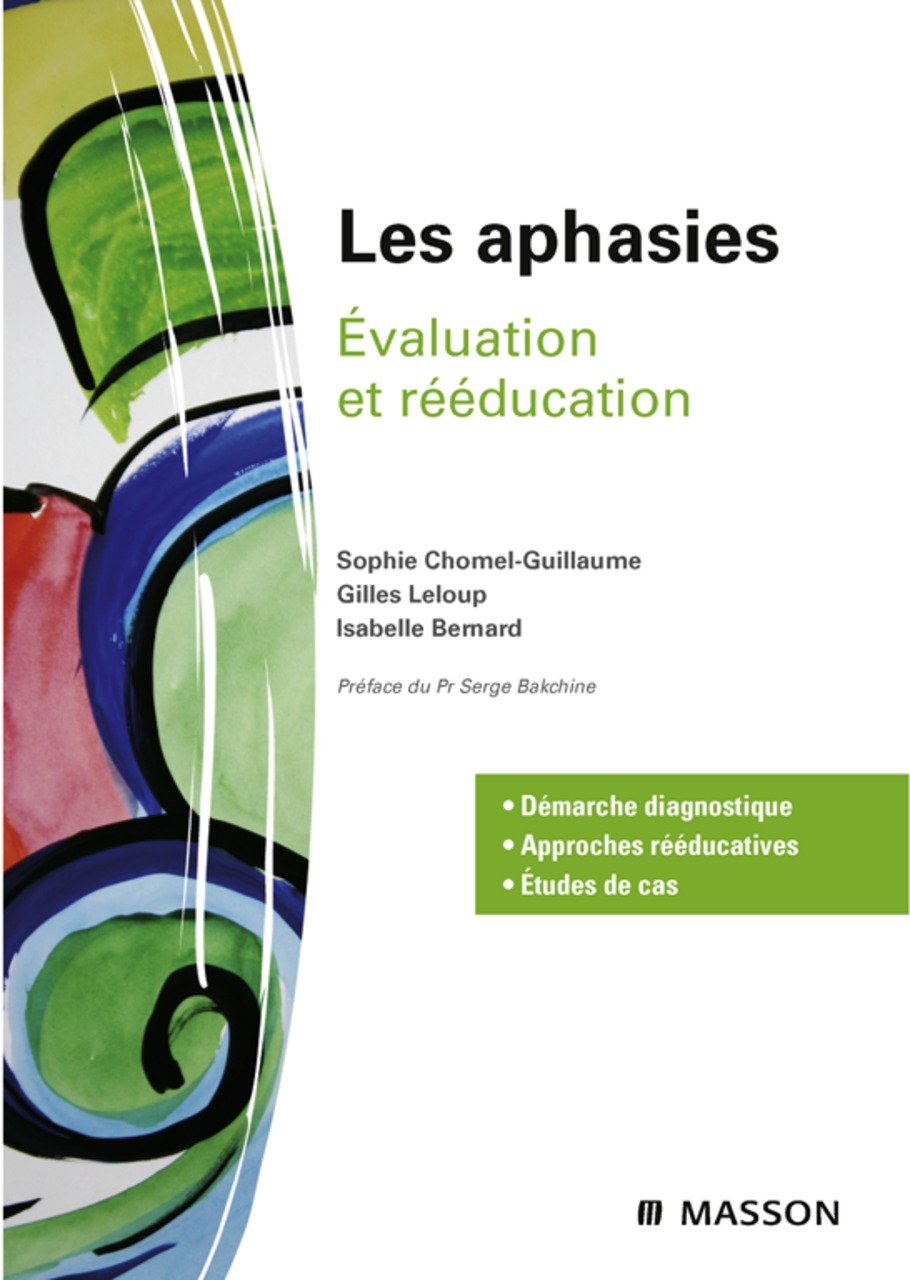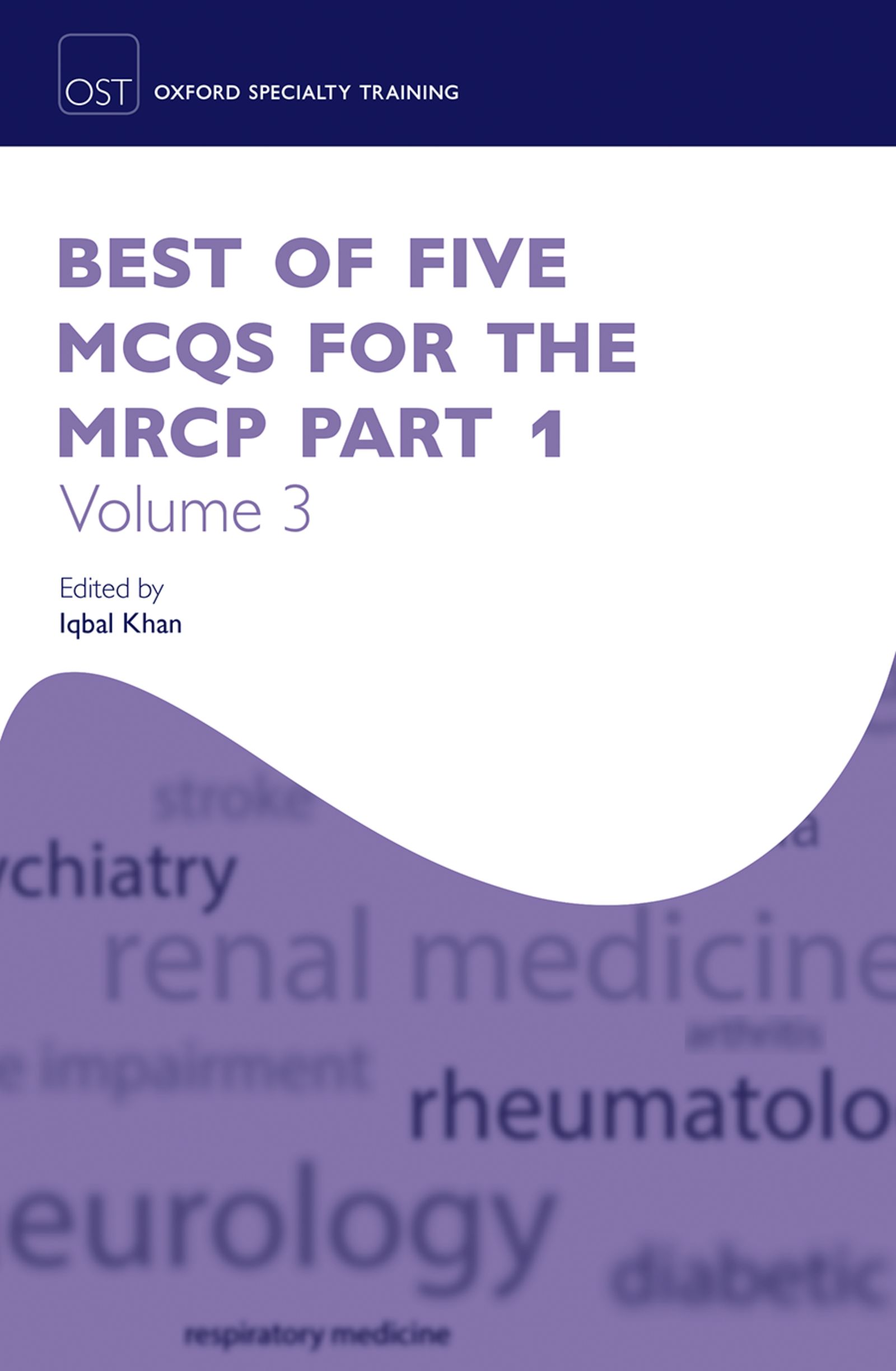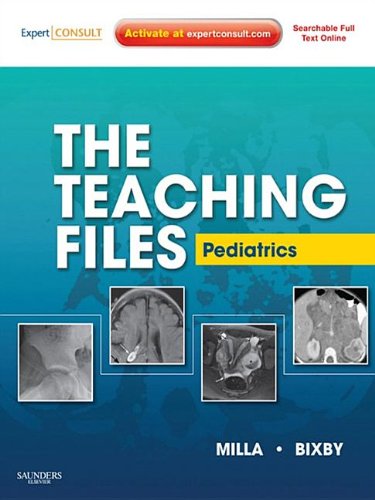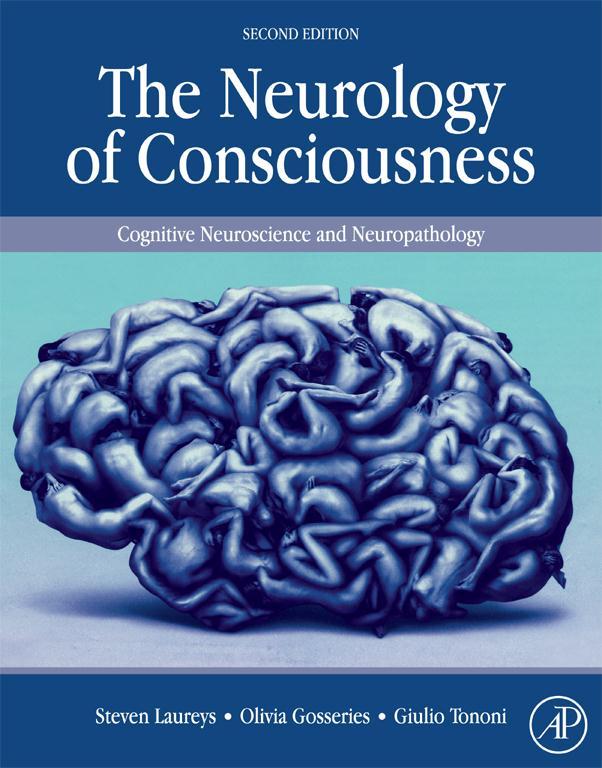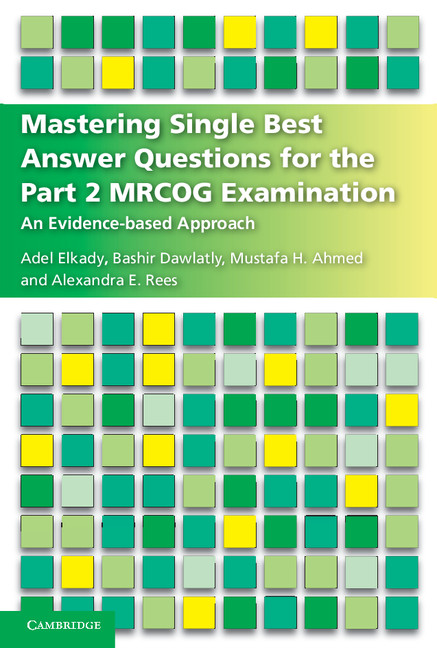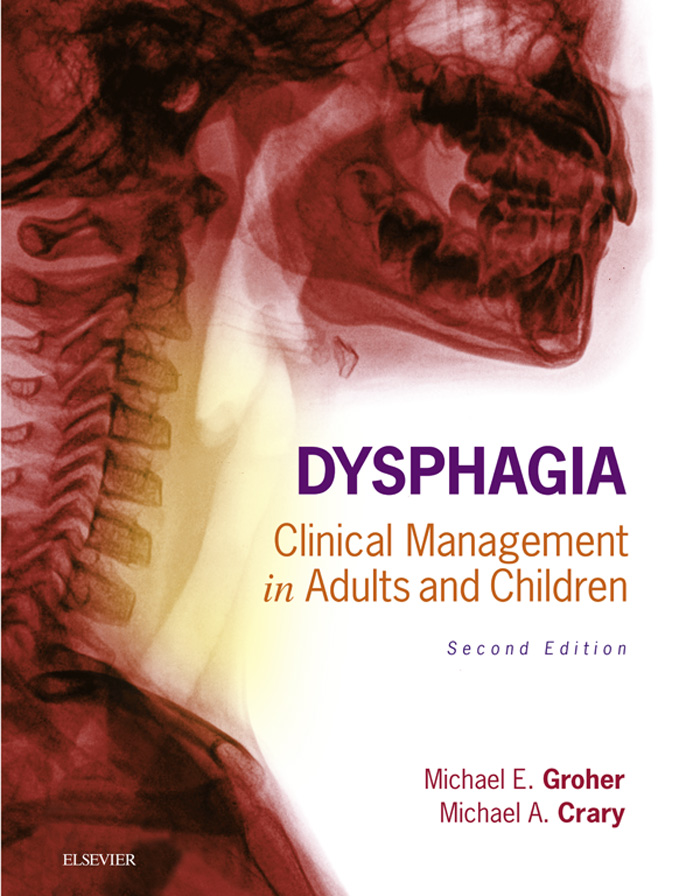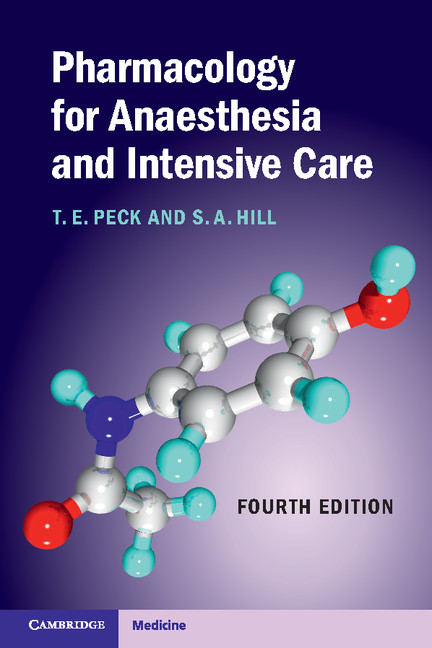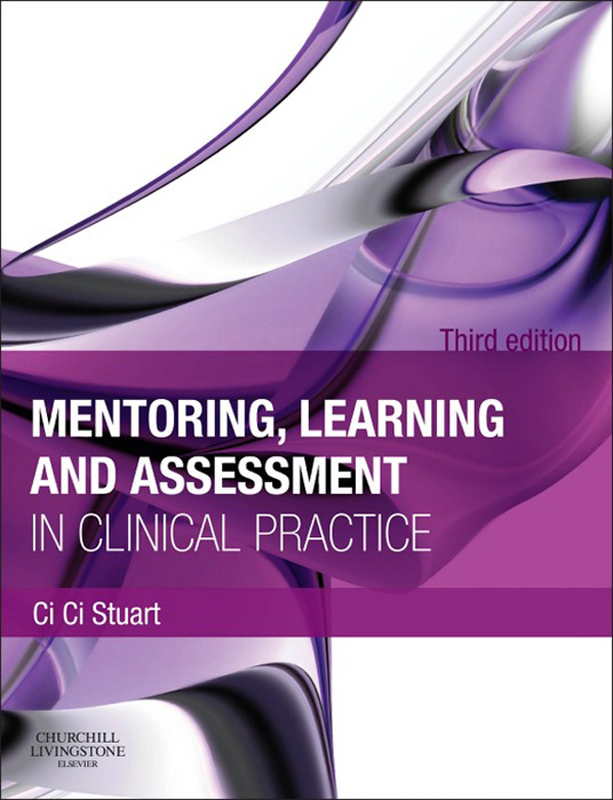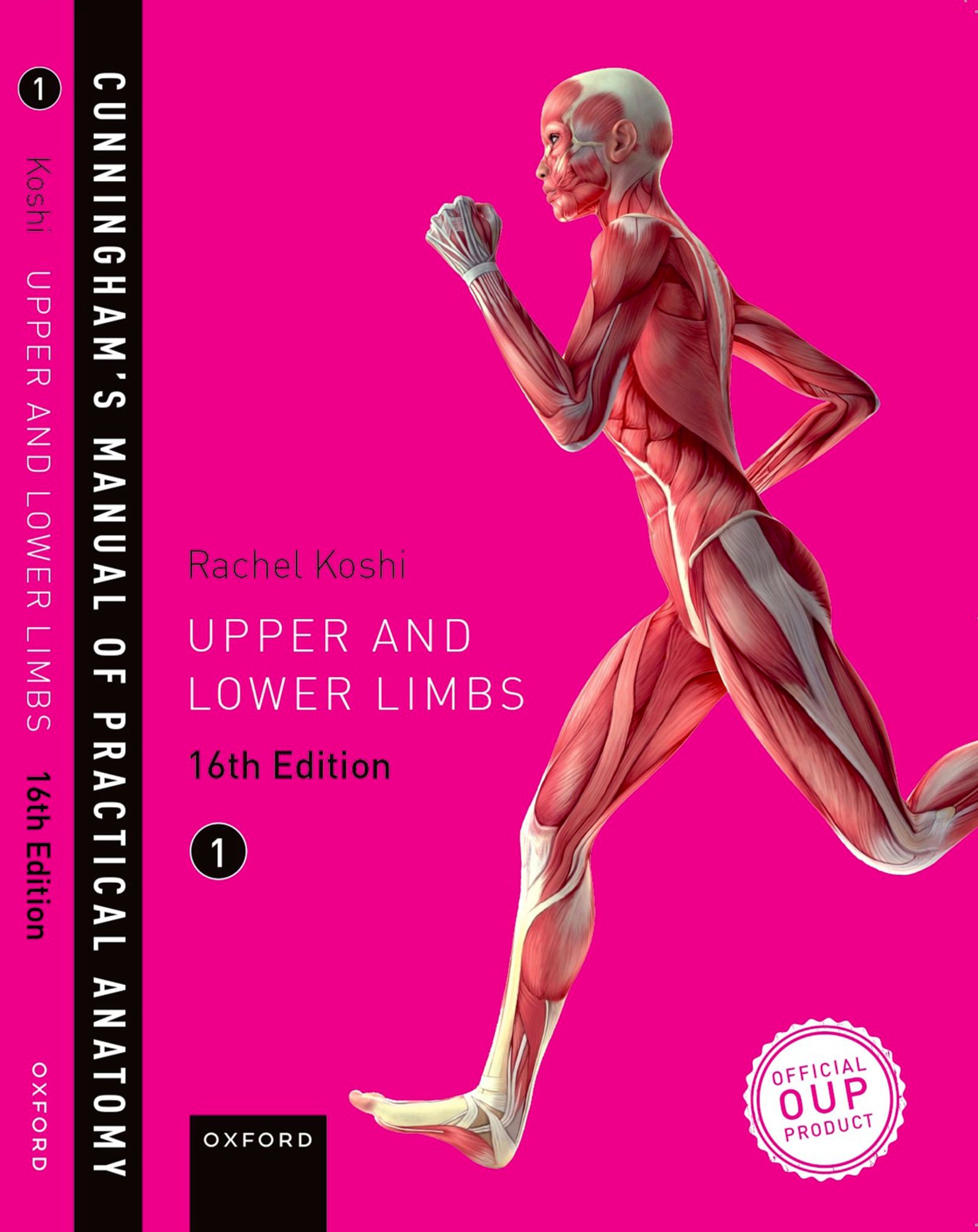Stress Echocardiography
by Thomas H. Marwick
2020-04-19 20:34:35
W. F. ARMSTRONG While stress echocardiography is not the first technique to be applied to patients for the diagnosis of coronary artery disease, it represents an impor tant clinical tool, likely to become of increasing pertinence in today's era of ...
Read more
W. F. ARMSTRONG While stress echocardiography is not the first technique to be applied to patients for the diagnosis of coronary artery disease, it represents an impor tant clinical tool, likely to become of increasing pertinence in today's era of cost containment and mandated cost-effectiveness of diagnosis. It may be the most rapidly expanding area of clinical echocardiography today. Stress echocardiography as we know it today represents the natural con clusion and merger of observations made over fifty years ago. In 1935 Tenn ant and Wiggers demonstrated that the immediate result of a coronary oc clusion, was an instantaneous abnormality of wall motion [1]. As viewed from the surface of the heart in an open chest dog preparation, cyanosis and obvious paradoxical bulging of the left ventricular wall was noted. At a similar time Masters and co-workers, using fairly rudimentary exercise de vices, described the response of the human cardiovascular system to sustained exercise (Figure 1) [2]. These two observations diverged for four decades while clinical investigation was pursued along the two parallel lines.
Less


